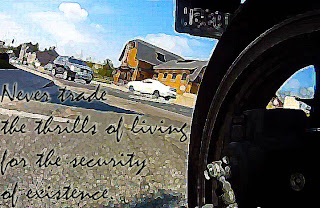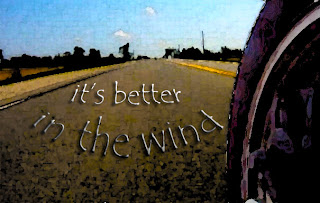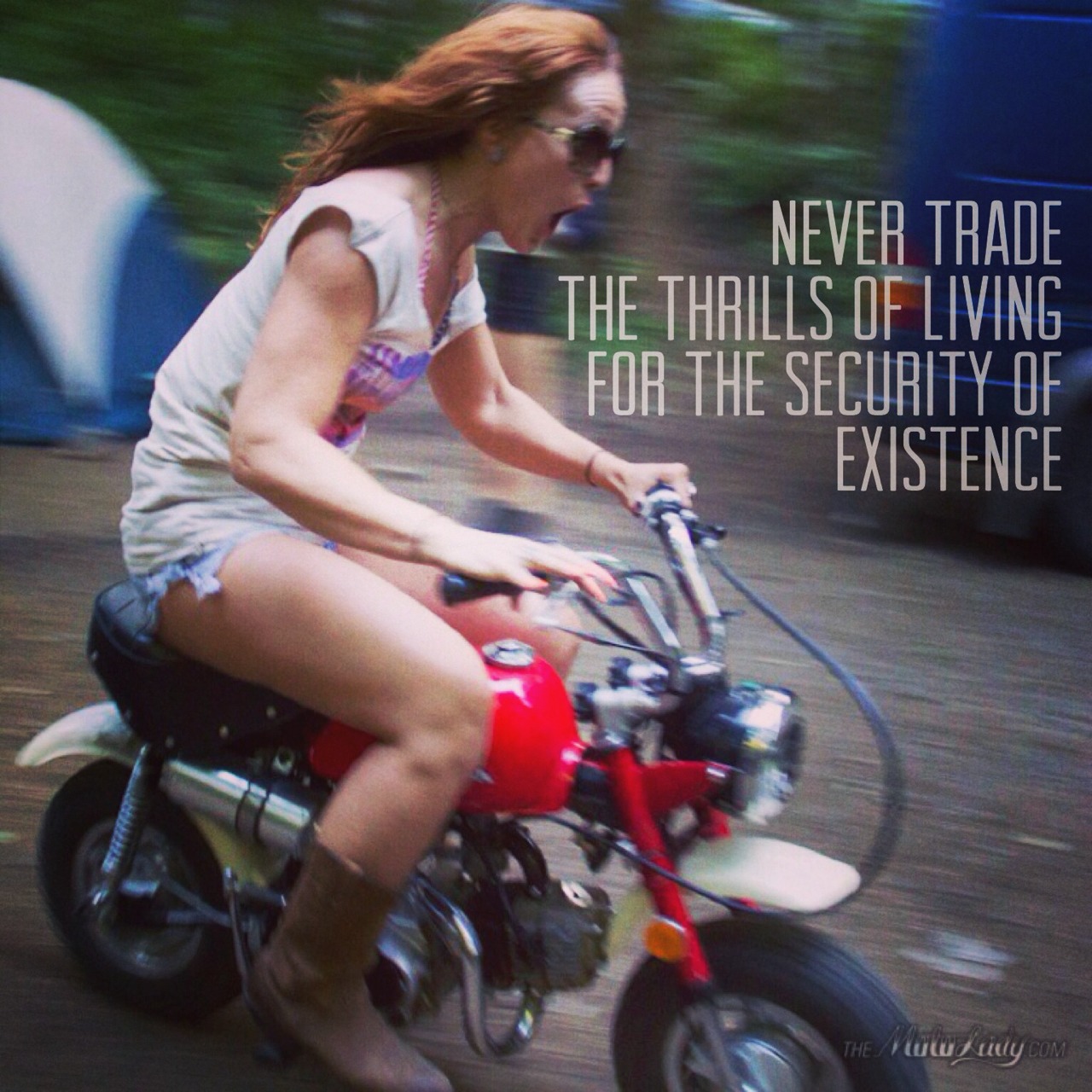This topic has come up before, but I’ve been rehashing it in my mind over the past day or two after having a twitter-talk with @innovativeedu.
Last semester I found myself teaching career studies (a grade 10 compulsory credit to prepare students for the work place). It isn’t a challenging course, so our board decided to use it as a pilot to introduce students to elearning. I thought this was a great idea. Our completion rates in elearning aren’t good and introducing students to the technology before they have to go live with it alone and online is a solid step towards fixing things. (I initially wrote about that pilot
here).
Even at high academic levels (pre university English is what I’ve taught on elearning), we typically have a 50% dropout rate. Last time through I had a 60% completion rate and I was over the moon about it. Part of the problem is how guidances place students into elearning – it seems to be a ‘you’ve exhausted all other options so we’ll dump you there’ situation for many students – not an ideal way to cull candidates for a technically challenging, lonely learning experience. After doing these recent in-class/hybrid elearning classes I now think the failure rate has to do with digital literacy; very few people have it.
Part of the problem is an educational assumption (usually based on ignorance, age based ludditism and/or fear of technology), that young people have some kind of magical connection to technology that allows them to immediately understand and make effective use of it. We dress them up in terms like ‘digital native‘ and sit there complacently, happily waiting for them to wow us with their, um, digital nativity.
When you’re teaching elearning remotely, you’re not seeing what they’re doing first hand, you just get a (digital) window into what’s going on (which is often nothing). When work does come in, it’s often a jumbled mess. Students ignore things like file format (.rtf please, nothing else, then you get everything else). Students ignore file naming conventions (everything handed in is called document.doc, and is usually not what they thought it was because by mid-way through the course they have a documents folder filled with document(1) document(2) .doc files).
When you do finally get something as (technologically) simple as an essay, they often show little or no understanding of how the word processor they used actually works. They don’t know how to format simple things like line spacing and margins, let alone more complex layout issues like APA citations. There isn’t a lot of room in the grade 12 university bound English curriculum for teaching grade 7 computer skills.
This all leads me to the realization I had in that open grade 10 careers class. In a class of 25 (I taught 4 such classes, they all played out similarly), ten students took to the elearning environment like fish to water. They had the technical chops to manage uploads, file management and the various IT issues that arose. Ten or so had enough computer experience to push their way through the course and be successful. Five or so students in each class had very limited computer knowledge. They were comfortable doing only very specific things with a computer. They had no idea what file types were, how to upload things to the internet or stay focused on what they were supposed to be doing. These students were constantly, and I mean constantly, staring at Facebook.
What’s interesting about that distribution is that it’s pretty much the same across the general population. Teens don’t have a magical insight into technology any more than boomers do. The willingness to learn and understand computers is not age specific.
I should add that all students were on Facebook at various points (including the student who finished with a 100% in the course). The difference between the technically literate ones and the digital serfs were telling though. The serfs weren’t doing this because they were bored, they were doing it because they literally don’t know how to do anything else with a computer.
In working with them I noticed big differences in their Facebook profiles as well. Strong students had media rich walls with many links, comments and discussions with a wide variety of contacts (many of whom were family members); they were media generators and social networkers. Weak students tended to have empty walls, minimal written contact with people (virtually all peers, most of which was appallingly low brow and often related to pictures that would turn their parents’ hair white). They didn’t know how to use the internet to add interesting content, they were users, not makers, and they were not in peer groups that encouraged more effective use of technology.
The more confusing part was that the vacant Facebookers would sit there for hours, looking at pictures, there was very little reading involved. This reminds me of a
video I saw the other day. Put simply, many people will not self-direct their learning, even in a media rich, technologically plentiful environment where the entire history of human development is laid open before them. If the gap between what a student knows and what they are being asked to do is so great, the preferred solution is to ignore the situation entirely by pretending it doesn’t exist; Facebook is the ideal go-to in these situations.
These students don’t know what they don’t know, and think they know a lot that is, in fact, wrong (just like those in that video). This is a Zone of Proximal Development issue. Their ignorance is so great that they can’t even begin to realize how little they actually know. Their knowledge is akin to belief.
The internet, for many, is a vacuous, narcissistic waste of time. Their habitual use of very few (often two: youtube and facebook) websites has made them new media illiterate. They know virtually nothing about computers, navigation or using the net to provide resources, to the point of begging even common sense.
“It doesn’t work”
“it’s unplugged”
“I can’t edit this file”
“You’re looking at it in WORD viewer”
“The internet doesn’t work”
“You haven’t connected to the wireless” (this after 3 weeks of doing this)
I’ve had colleagues working with grade 12s who have no idea, not one of them in a class of thirty, about how to create a hypertext. They were supposed to be developing google docs about a piece of literature, but she’s teaching them simple hypertext because none of them have any idea how the internet works.
Until we start taking digital literacy seriously and begin to develop the necessary skills in a coherent manner throughout school, we’re throwing students into the digital sea with very unfair limitations, often based on family circumstance and technology access.
 This is an exceptionally worthless statistic, of course you’re more likely to die in an accident if you’re on a bike. If you were in a motor vehicle collision would you rather be on a motorcycle or in a Smartcar, a Hummer or a Sherman tank? That tank would offer you the greatest level of protection if you were in an accident, but would be cripplingly wasteful.
This is an exceptionally worthless statistic, of course you’re more likely to die in an accident if you’re on a bike. If you were in a motor vehicle collision would you rather be on a motorcycle or in a Smartcar, a Hummer or a Sherman tank? That tank would offer you the greatest level of protection if you were in an accident, but would be cripplingly wasteful. If reality is what we think it is I want mine to reward competence and punish incompetence.
If reality is what we think it is I want mine to reward competence and punish incompetence. 







